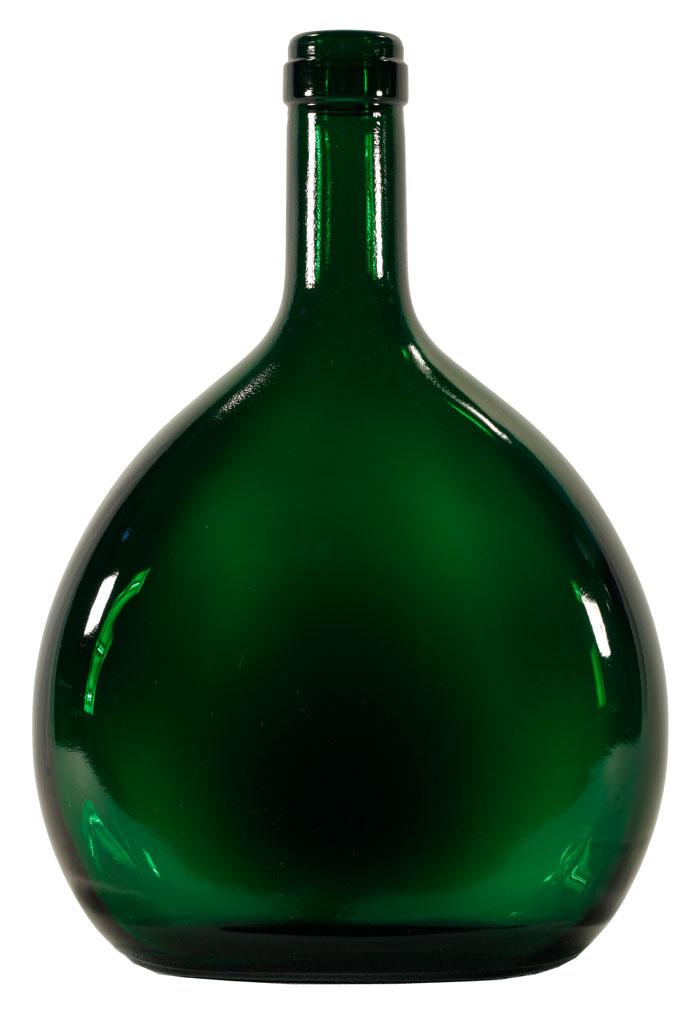Bocksbeutel
A buck bag is a bottle in the shortened form of a flattened ellipsoid for wines from the growing area francs. The content is usually 0.75 l ( Frankish three pints of 0.25 l).
Frankenwein
The buck bag is used for at least 250 years as of the Franconian wine typical container, first for the most prestigious and best wine, the Würzburg stone, later also for other Franken wines. In 1728 the town council of Würzburg, that the best wines of the urban community hospital should be filled in bocksbeutel.
Usually the buck bag for high quality wines will be used. The minimum must weight for bocksbeutel wine is 72 degrees Oechsle on the quality of wine. Furthermore, there are since 2009 a new regulation. This states that wines that are to be filled in bocksbeutel, must have quality wine for the official test a minimum score of 2.0.
History
The bottle shape as such is much longer in use. It is derived probably from water bottles from which were flattened for practical reasons: firstly, because of the ease of transport in luggage or on the body, on the other hand, because the bottle can not roll over uneven terrain. The form is also used in other wine regions always been used, for example, in Portugal.
The buck bag ( Low German: Booksbüdel for books bag) was a used since the Vorreformationszeit bag-like coating of prayer and hymn books (see: book bag ). Usually wore councilors such a booklet with them when they went to the Council. After this had gone out of fashion, but some still clung to it, referred to the patriarchal way of thinking and the insistence on a subdued position as Bocksbeutelei. Other sources, such as the Dictionary of Kaspar Stieler's 1690 call, as word origin, the obvious interpretation of the scrotum of a goat. For this interpretation is that there was Bokesbudel already in the early Middle Ages, when people still had no hymnals. The German dictionary mentions the phrase attach someone a buck bag to make him ridiculous.
Bocksbeutel and brand protection
In the so-called bocksbeutel dispute, the European Court in 1983 ruled that this bottle shape, enjoys contrary to the wishes of the Franconian winemakers, no trademark protection and the provisions laid down in the German wine regulation were inadmissible, stating that only quality wines from Franconia could be sold in bocksbeutel bottles. "As far as the wines are bottled after a fair and traditional practice in their home state in such bottles, the prohibition [ of using the bocksbeutel bottle ] is disproportionate. " ( ECJ, Case 16/83, ECR 1984, 1299 Rn.31ff. ) however, this is almost exclusively for Franconian and Portuguese wines, so only wines from these two growing regions are found in bocksbeutel in German supermarkets generally. In Baden filling wine in bocksbeutel is common in the wine-growing villages of Baden -Baden Reblandes since the 18th century. Usually these are high-quality Rieslings. Also wines from Baden Franconia may be filled on the basis of the historical area belonging in bocksbeutel bottles. "Today the buck bag is the hallmark of the Franconian wine and copyrighted also for quality and quality wines from Franconia since 1989. "










